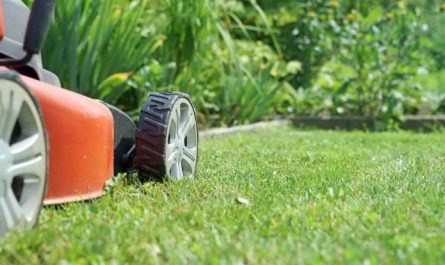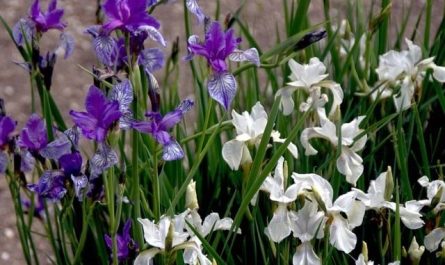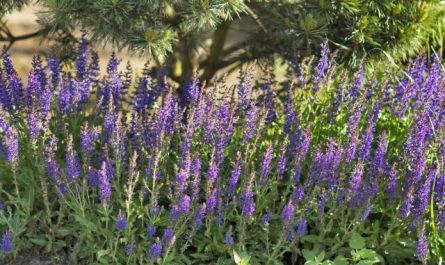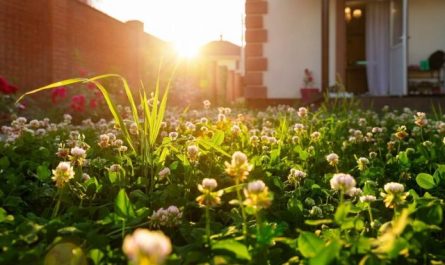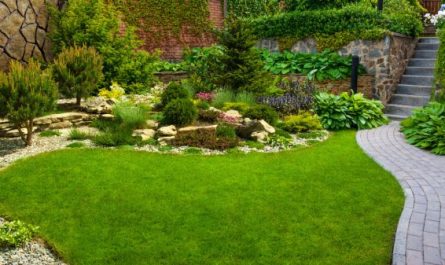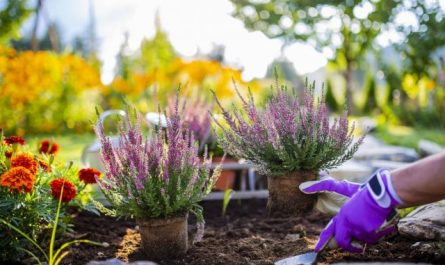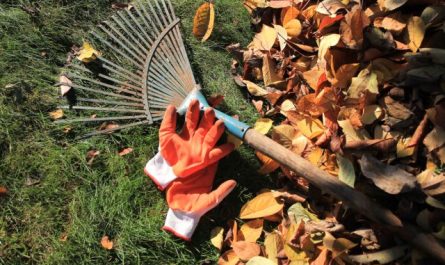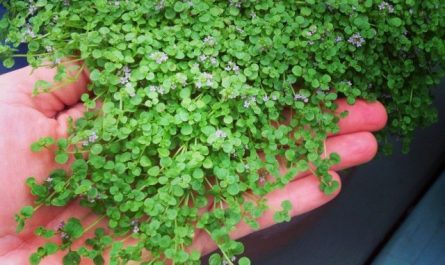Previously, spireas were called meadowsweets, this name is still found in some reference books, which leads to some confusion. Now, meadowsweets are usually used to refer only to herbaceous plants, and spireas are used to refer to shrubs, that is, plants with perennial woody branches. “Spiraea” in Greek means “curving” (from the same root, the word “spiral”), which indicates the nature of the growth of the shoots of many plants of this genus.
Genus Spiraea (Spiraea), the rose family, is good for its diversity. There are very low and tall, up to two and a half meters, bushes. They also vary greatly in terms of flowering: some species bloom already in the second half of May, others begin flowering in the second half of June, others – in July and continue until autumn, even light frosts are not a hindrance to them. Spirea flowers are either white or pink with varying color intensity in corymbose, cone-shaped or pyramidal inflorescences. Leaves, branches and the entire appearance of spireas of different species are so different from each other that sometimes doubt arises: do such dissimilar plants really belong to the same genus?

In addition to species, there are many varietal spireas, which are remarkable for both their flowering and the unusual color of their leaves. There are about 90 species of spirea alone, not to mention the varieties. It is impossible to tell about all of them, so I will describe only those with which I am personally familiar.
Japanese spirea (Spiraea japonica) reaches a height of 1-1,5 m, its stems are initially pubescent, later the pubescence disappears, and the stems become shiny, reddish-brown. The leaves are oblong-ovate with serrated edges, growing – reddish-brown, when ripening they become dark green on top and duller on the back. In autumn the color of the leaves changes to yellow-orange or burgundy.
This spirea begins to bloom at the end of June, blooms very abundantly throughout July, then gradually fades away by September. The flowers are pink, in flat inflorescences located at the ends of branches, with a slightly convex center.
Japanese spirea propagates very easily, cuttings root almost 100% even without rooting stimulants. Usually, to maintain the decorative appearance, I cut off faded inflorescences, but if some of the inflorescences that blossomed first are left, then the seeds will ripen in October. Seed germination is quite high.

There are many varieties of Japanese spirea, but I only grow two of them: Little Princess – dwarf, with small green foliage and bright pink flowers, and Little Yellow Princess – looks like the previous variety, but in spring its leaves are pure lemon, but in summer they become light green.
Spiraea nipponica — a dense bush with curving branches, up to 1 m high. It can also be formed into a creeping form. Its leaves are small, dark green, and do not change color in autumn. The flowers are white, in small dense inflorescences, abundantly covering all the branches from bottom to top in June. This species can grow not only in a sunny place, but also in partial shade. It is more thermophilic than Japanese spirea, but covered with snow it tolerates any frosts well, even such strong and prolonged ones as last winter. Nippon spirea is not demanding to soil fertility; both sandy loams and loams are suitable for it.
Spiraea chamaedryfolia reaches 2 m in height. Its shoots droop, which makes the bush look like a beautiful thick fountain. The foliage is light green, turning light yellow in autumn. This spirea blooms earlier than others, immediately after the leaves open, starting in the second half of May. At this time, the entire bush from bottom to top is covered with hemispherical, white, fairly large inflorescences. The plant prefers a bright place, but also puts up with some shading. It likes fertile soils, does not tolerate stagnant water. The species is highly winter-hardy, but on my spirea, after the frosts of last winter, the branches that remained above the snow did not bloom as abundantly as those located below. This spirea tolerates summer pruning well after flowering has ended.

Spiraea salicifolia — a tall shrub with straight branches. Its leaves are quite large, elongated (up to 10×4 cm), turning brownish-red in autumn. The plant blooms continuously from the end of June. The flowers are pink or light pink, in narrow elongated inflorescences 12-15 cm long, located at the ends of the shoots. The winter hardiness of the willow-leaved spirea is very high. The shrub loves light, prefers well-moistened soils. It spreads slightly due to root shoots.
Spiraea ×bumalda — hybrid of Japanese and white-flowered spirea. Low, up to 70 cm shrub with small ovate-lanceolate leaves. Flat inflorescence, color from white to dark pink. Flowering is long, from the second half of June.
Winter hardiness of Spiraea Bumalda in the central zone of Russia is good, provided that the plant is covered with snow before severe frosts. Young seedlings need to be covered for the first year or two for the winter, but in my case, seedlings of two varieties planted in autumn under last year’s deep snow overwintered without losses.

The varieties of this spirea are so beautiful that they deserve a separate description. Anthony Waterer — a dense, low bush with narrow, dark green leaves, which are pinkish in their “youth”. Raspberry flowers begin to bloom in June. Variety Gold Flame — a low, delicate bush. In spring, its leaves are golden-pinkish-orange, turn yellow in summer, and become brownish-orange by autumn.
Spiraea ×vanhouttei — a hybrid of three-lobed and Cantonese spirea. A huge, tall bush with long, arched branches covered with glaucous-green leaves. It blooms from June, snow-white inflorescences cover the shoot from top to bottom. This light-loving spirea grows quickly, its winter hardiness in normal winters is quite good, although last winter the plant froze to the snow level.
A little more detail about the propagation of spireas. Species plants can be propagated by seeds. In hybrids (spirea Billard, Bumalda, Vanhoutte, dwarf, gray, sharp-toothed and all varieties) even if viable seeds are formed, the shoots from them will be heterogeneous in characteristics (which, of course, can also look interesting).
It is better to sow seeds early in the spring in boxes. After 2-3 months after the emergence of shoots, the seedlings are pricked out into the garden bed. A young seedling is a single unbranched shoot up to 10 cm high with a taproot. To develop a powerful root system, the end of the main root must be pinched. The seedlings will need another 2-3, or even 4 years to reach the flowering period. All this time they require careful weeding, loosening of the soil, and frequent watering.

To preserve the variety, spirea must be propagated vegetatively: by cuttings or layering. For cuttings, take semi-lignified shoots about 10 cm long, both apical and cut from the middle part of the shoots of the current year.
The cuttings are planted under a cover made of film or non-woven material. They can be placed tightly, but only so that the leaves do not touch. During rooting, watering is necessary so that the soil remains moist all the time. You will also have to weed out the weeds and loosen the soil so that it does not compact and moss does not grow on the surface.
When planting cuttings in early to mid-July, good roots will have time to form by autumn. Almost all species and varieties of spirea can be rooted without root formation stimulants, but such stimulation will not hurt the cuttings of the oak-leaved spirea. The simplest option is to dip the slightly moistened ends of the cuttings in Kornevin powder immediately before planting.
If you need to get a small number of new plants, then the most reliable method in this regard is propagation by layering. In the spring, during the period of budding, the branches growing along the periphery of the bush must be bent and placed in shallow holes. The ends of the branches are tied to pegs, giving them a vertical position. If the soil in the places where the branches are dug in does not dry out too often and for a long time in the summer, then by autumn or next spring the layers will heal on their own.

Plants propagated vegetatively bloom much faster than those obtained by sowing seeds. Summer-flowering spireas bloom the following season, spring-flowering ones – a year or two later, since their flowers appear on last year’s branches, which must be sufficiently developed. If the first buds in the life of a seedling are removed, the bush will develop faster.
On our plot, spireas grow along the paths, framing vegetable beds and brightening up some of the “officialness” of garden crops. Spireas bloom almost continuously, thereby attracting pollinators (these bushes are excellent honey plants), the dense foliage of spireas protects the beds from the winds.
To reduce the care of the bushes to a minimum, I mulch the soil under them with sawdust. But some spireas, especially yellow-leaved varieties, do not look very good against the light background of sawdust, so I found another way to cover the soil – with layers of green moss. Moss protects the soil from drying out and compaction after heavy rains or watering, weeds practically do not grow through it, except perhaps sow thistle, which overcomes this obstacle. I do not pull out its sprouted stems, but destroy them with Roundup. In some places, under the layers of moss, I planted bulbs of early low tulips, scilla, chionodoxa, for which such a covering is not an obstacle. Primroses enliven the garden and delight the soul, at this time the spireas’ buds are just beginning to bloom and they do not shade the blossoming bulbs.

I have never noticed any diseases or pests on spireas. With their unpretentiousness, charming blossoming, and then autumn coloring of foliage, they fully justified and even exceeded my expectations. And recently I learned that spireas are phytoncidal plants, which means that they are not only beautiful, but also very useful.
Author: I. Esipova, Vladimir region





